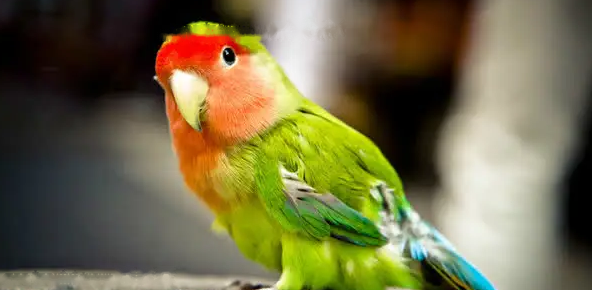The water used for raising fish is mainly tap water that has been treated by water plants, but this water cannot be directly used for raising fish, and it is safer after artificial second treatment , I will first introduce some of the main components and removal methods that are harmful to fish in tap water.
1. Chlorine gas: stand for 2-3 days, or dry for 1 day (if it is urgently needed, add 0.63 grams of soda per 100kg of water, that is, sodium thionate can be used immediately)
2. Chloramine: This ingredient is not mentioned in general articles, but it is also one of the key issues in raising fish well. Some areas have high concentrations of soluble organic compounds in the water quality. If chlorine gas is directly added to the water plant at this time, it can combine with these organic compounds to form some carcinogens, which will cause harm to the human body. Therefore, the water company adds chlorine and ammonia to the water at the same time. These two substances can be combined into a new substance called chloramine, and chloramine is not combined with the organic matter in the water, so when the chlorine in the water is removed, the ammonia is still in the water. , which requires a good nitrogen cycle, which can be removed by biological filtration (here I want to remind friends who just bought a new tank, why many friends easily die a lot of fish when changing a new tank, because the creatures in the new tank Decomposition filtration is not formed. In this case, the concentration of ammonia will become higher and higher, which will kill your love fish. The best way is to use zeolite flakes to remove ammonia from water.
3. PH value: PH value 7 water is neutral, greater than 7 is alkaline, otherwise acidic. How to safely adjust the pH value? If you want to increase the pH, use: sodium bicarbonate (baking soda)
If you want to lower the pH, use: sodium dihydrogen phosphate Pay attention to using pH test paper at the same time, and adjust the pH value not more than 0.5 every day, but you need to know that 0.5 is equivalent to the increase of acid or alkali in the water for fish 50 times... Finally, a reminder: Constantly adding oxygen to the water can play a role in stabilizing the pH.
4. The appropriate number of fish You may ask, this has nothing to do with water quality What does it matter? The answer is of course there is, and it has a considerable relationship! The more fish, the more waste, pollution, disease, death, and the ensuing...
Basic principle: average The total length of the fish raised in 10 liters of water should not exceed 5.5cm (Note: the body length standard is the distance from the nose to the end of the body, excluding the tail)
*5, chemical changes in nitrogen cycle only Put fish in the tank, they will excrete ammonia and other wastes into the water, the ammonia concentration in the water will increase, and some beneficial microorganisms in the water will break down ammonia, (Note: these beneficial organisms take a week or more to form , so, during this time, the fish suffer more), as long as these beneficial biomes are formed, the ammonia concentration will decrease until it reaches zero.
However, it is not so simple, because these Beneficial organisms only convert ammonia into nitrite, but it is also poisonous to fish! So everyone should understand that when the concentration of ammonia is decreasing, the concentration of nitrite is increasing. But at this time another kind of beneficial Organisms form colonies and convert nitrite into nitrate, which is relatively harmless, but this process takes another week or more. The concentration of the final product nitrate is controlled by the water change, which is the most The most important reason.
As mentioned above: the whole process of changing from ammonia to nitrite to nitrate is called the nitrogen cycle. To make a new fish tank reach a good nitrogen cycle, it takes 2-3 It will take about a week.
*If your biological filtration is not formed, and your fish has problems, you need to treat the water quality urgently: Treatment of ammonia: 1. Change part of the water (decreased Low concentration) 2. Add zeolite (ammonia adsorption) in the filter 3. Add beneficial bacteria. (Decomposition of ammonia)
Treatment of nitrite: 1. Change the water. 2. Add 1 tablespoon of fish salt to an average of 4.5 liters of water (although the content cannot be reduced, it can neutralize the poison in an emergency, and the salt will not cause harm to the fish)
![[Dog Training 5] The training method of pet dog dining etiquette](/static/img/12192/12192_1.jpg)



